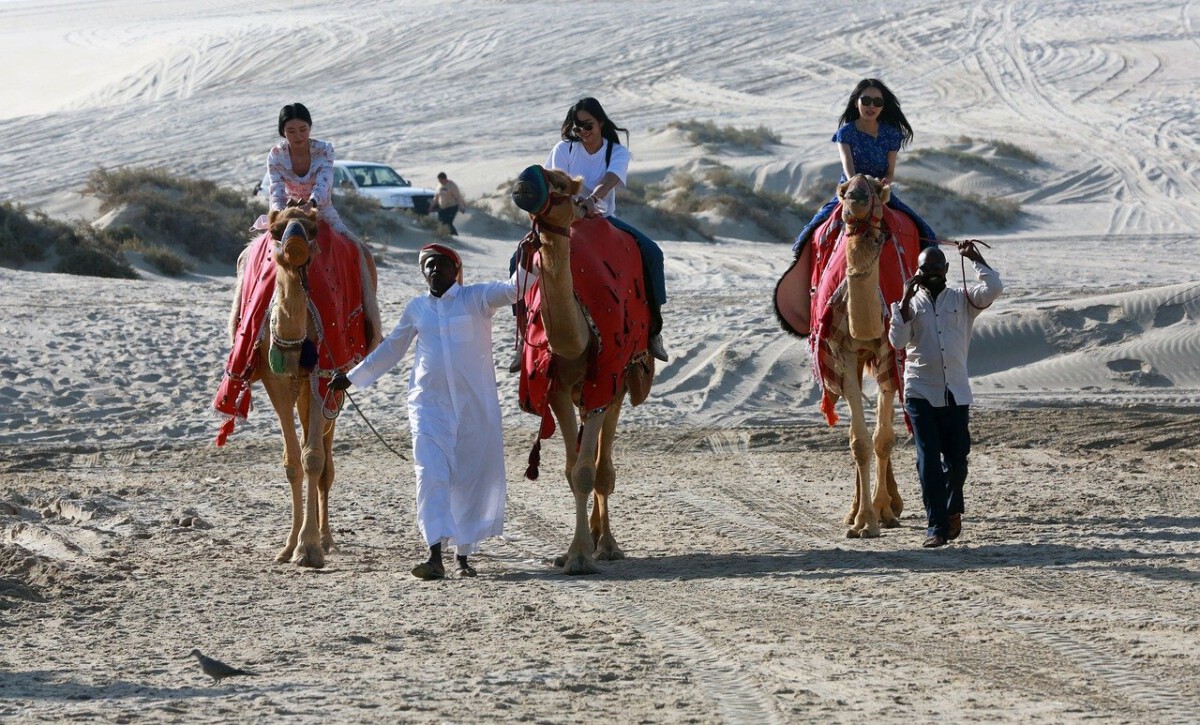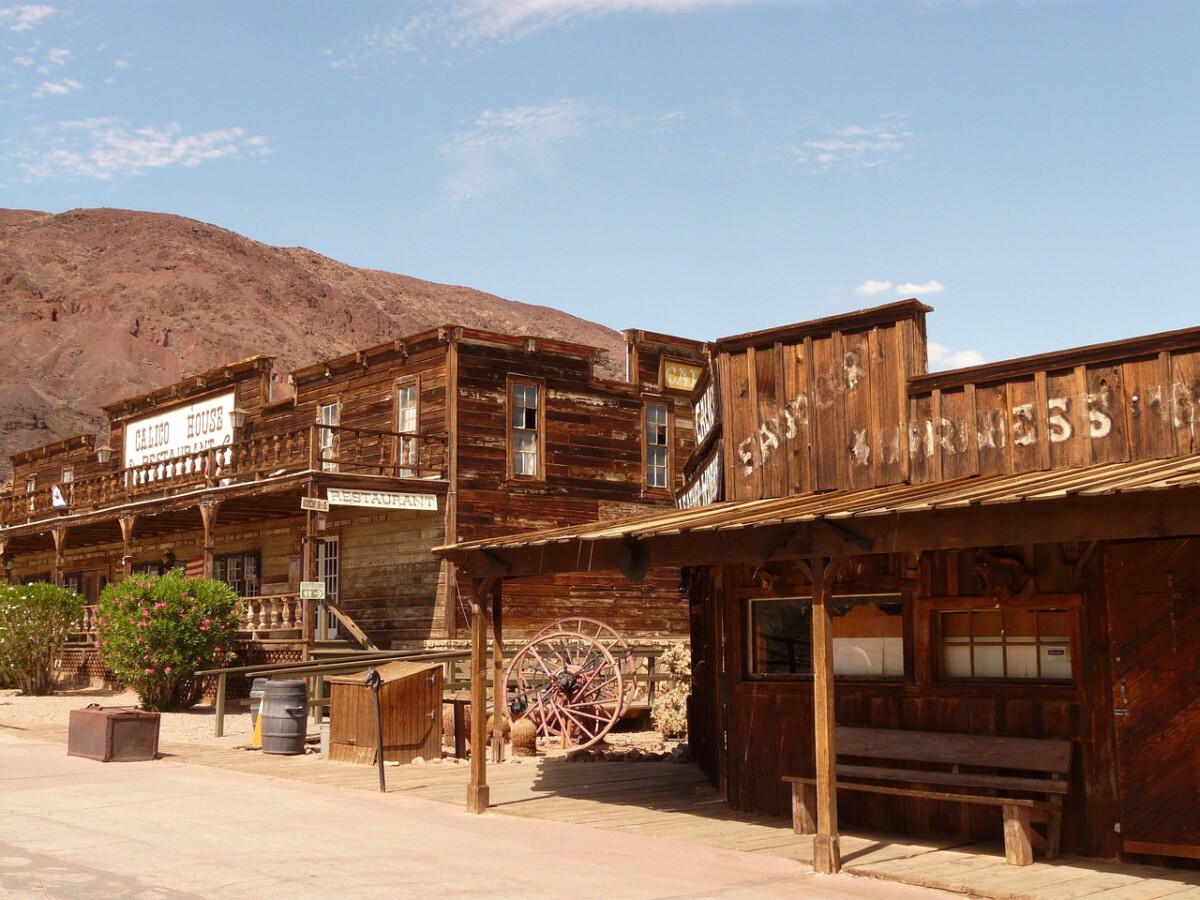Kuwait: The Blazing Furnace of the Gulf

Kuwait stands out as one of the hottest countries on the planet, where the sun feels merciless and the heat can be overwhelming. In July 2016, the city of Mitribah shocked the world by hitting a blistering 53.9°C (129°F), according to the World Meteorological Organization. Summers here stretch endlessly, with daytime highs regularly above 50°C (122°F). The low humidity might sound helpful, but in reality, it makes the air dry and the heat even more biting. Locals have adapted by creating a lifestyle that revolves around shade, cold drinks, and powerful air conditioning. Even public transport and outdoor walkways are often cooled, an absolute necessity rather than a luxury. The Kuwaiti government continually invests in infrastructure and water supply systems to keep up with demand during peak heat. The country is a testament to how human ingenuity can fight back against some of the most extreme weather on Earth.
Iraq: Enduring the Fiery Wrath of Summer

Iraq’s southern cities, especially Basra, are notorious for their searing summer temperatures. In July 2016, Basra reached a sweltering 53.8°C (128.8°F), ranking among the world’s hottest cities. The country’s arid climate means rainfall is rare, and the sun’s intensity feels relentless. This combination of heat and high humidity makes daily life challenging, pushing infrastructure to its limits. Power outages and water shortages become more frequent as the demand skyrockets. The Iraqi government has prioritized upgrading water delivery and cooling systems, aware that these measures are crucial for survival. Residents have shown resilience, developing routines and community support systems to get through the hottest months. Despite the difficulties, Iraq’s people continue to persevere, finding ways to adapt to their harsh environment.
United Arab Emirates: Where Luxury Meets Extremes

The United Arab Emirates, especially cities like Dubai and Abu Dhabi, are famous for both modern opulence and intense heat waves. In July 2023, temperatures approached 50°C (122°F), making outdoor activities nearly impossible during the day. The humidity near the Persian Gulf often pushes the “feels like” temperature even higher, creating a stifling atmosphere. The government has responded by building air-conditioned bus stops, skywalks, and even outdoor parks with cooling systems. Shopping malls and entertainment centers become refuges from the oppressive heat, packed with families and tourists alike. This investment in comfort has allowed the UAE to remain a tourist hotspot despite the challenging climate. The country’s rapid growth and innovation prove that it’s possible to thrive even where the weather seems unlivable. The UAE’s adaptability is a striking example of turning environmental adversity into opportunity.
Saudi Arabia: Sunbaked Sands and Towering Temperatures

Saudi Arabia is synonymous with desert landscapes and soaring temperatures, especially during the summer. In June 2023, Riyadh experienced extreme heat, with temperatures nearing 50°C (122°F), according to regional climate reports. The country’s vast, open deserts mean there’s little shade or respite from the sun’s intensity. Urban planners have responded by creating more shaded areas, planting trees, and designing buildings to reflect sunlight. The push for renewable energy, especially solar power, is partly driven by the need to cool millions of homes and businesses. Water scarcity remains a serious concern, with the government investing heavily in desalination and conservation projects. Despite these hurdles, Saudi Arabia’s booming cities and strong economy show how a nation can flourish under some of the planet’s harshest conditions. The resilience and innovation here are nothing short of inspiring.
Oman: Scorched by the Desert Sun

Oman faces extreme heat, particularly in its interior desert regions, where temperatures can soar to life-threatening levels. In July 2023, the coastal city of Salalah experienced highs of around 45–47°C (113–116.6°F), as noted in local meteorological data. The climate varies from humid along the coast to intensely dry inland, but the heat is unrelenting everywhere. Oman’s government has promoted sustainable living, encouraging water conservation and using solar energy to power homes and public spaces. Residents often plan their lives around the heat, venturing outdoors only in the early mornings or late evenings. Traditional architecture, with thick walls and shaded courtyards, helps keep homes cooler. Despite these challenges, Oman’s breathtaking landscapes, from deserts to mountains, still attract tourists willing to brave the elements. The country’s adaptability is a point of pride for its citizens.
Qatar: The Sun’s Relentless Embrace

Qatar, especially its capital Doha, is no stranger to oppressive summer heat. In July 2023, the mercury reached around 49–49.5°C (120.2–121.1°F), placing Qatar among the world’s hottest countries. The high humidity typical of this Gulf nation makes the heat feel even more unbearable, turning the outdoors into a virtual steam room. The government’s response has been swift and resourceful, investing billions in air-conditioned stadiums, malls, and public transport ahead of global events like the World Cup. Public life shifts indoors during the summer, with most social and cultural activities happening in cool, controlled environments. Qatar’s economic success is built on energy exports, which also help keep its infrastructure running smoothly through the hottest days. The country continues to push for cutting-edge innovations to make life more comfortable for its residents. Qatar’s determination to conquer the climate is evident everywhere you look.
Bahrain: Battling the Coastal Blaze

Bahrain’s location on the Persian Gulf exposes it to some of the world’s highest temperatures and stifling humidity. In July 2023, the country saw highs in the range of 47–48°C (116.6–118.4°F), making even short trips outside a challenge, based on recent news and government updates. The heat is compounded by humidity, especially in the capital Manama, where the air can feel thick and suffocating. The government has responded by improving public transportation, promoting energy-efficient building designs, and investing in water conservation. Many families rely on air conditioning and shaded spaces to get through the worst of summer. Despite the discomfort, life in Bahrain goes on, and the country’s rich culture and history remain vibrant. Public spaces are carefully managed to provide relief, with shaded parks and cooling centers available for those in need. Bahrain’s ability to adapt is a testament to the determination of its people.
Antarctica: The Icy Heart of the World

Antarctica holds the title for the coldest place on Earth, where temperatures can drop as low as -89.2°C (-128.6°F) during the long, dark winter. Ice covers nearly every inch of the continent, with an average ice thickness of about 1.9 kilometers (1.2 miles), as reported by the National Oceanic and Atmospheric Administration. Human life here is limited to scientists at research stations, who endure the cold to study climate change and wildlife. The harsh environment means every aspect of daily life requires careful planning and specialized equipment. Despite the brutal cold, Antarctica is home to resilient creatures like emperor penguins and seals, who have adapted uniquely to the environment. The continent plays a crucial role in reflecting sunlight and regulating global temperatures. The extreme conditions make even the simplest tasks a monumental challenge. The raw, untouched beauty of Antarctica continues to inspire awe and scientific curiosity.
Siberia, Russia: The Land of Endless Winter

Siberia is infamous for its bone-chilling winters, where some towns experience temperatures plunging to -67.7°C (-89.9°F), as recorded in meteorological history. The region stretches across northern Russia, covering vast forests, tundra, and mountains. Siberians endure months of deep freeze, with only a brief summer before winter returns. Residents cope with the cold by wearing layers of fur and wool, building homes with thick insulation, and relying on powerful heating systems. Traditional ways of life, like ice fishing and reindeer herding, persist despite the extreme conditions. The cold shapes every aspect of life, from transportation to food storage. Communities are tight-knit, as survival often depends on mutual support. Despite the hardships, Siberia’s rich resources and stunning natural beauty have a unique, rugged appeal.
Greenland: A World of Ice and Endurance

Greenland is one of the world’s coldest inhabited places, with winter temperatures in some areas dropping as low as -50°C (-58°F), according to climate studies and local weather reports. The island is mostly covered by a massive ice sheet that is key to regulating global sea levels. Winters are long and dark, while summers are cool and brief, often never rising above freezing outside the coastal settlements. The indigenous Inuit people have mastered survival here, relying on hunting, fishing, and traditional knowledge passed down through generations. Modern life in Greenland blends old and new, with heated homes and climate research stations scattered among ancient settlements. The melting ice has drawn international attention, as scientists race to understand the impact of climate change. Despite the forbidding cold, Greenland’s breathtaking landscapes continue to attract adventurous travelers. The resilience of its people is a testament to human adaptability in the face of nature’s extremes.





